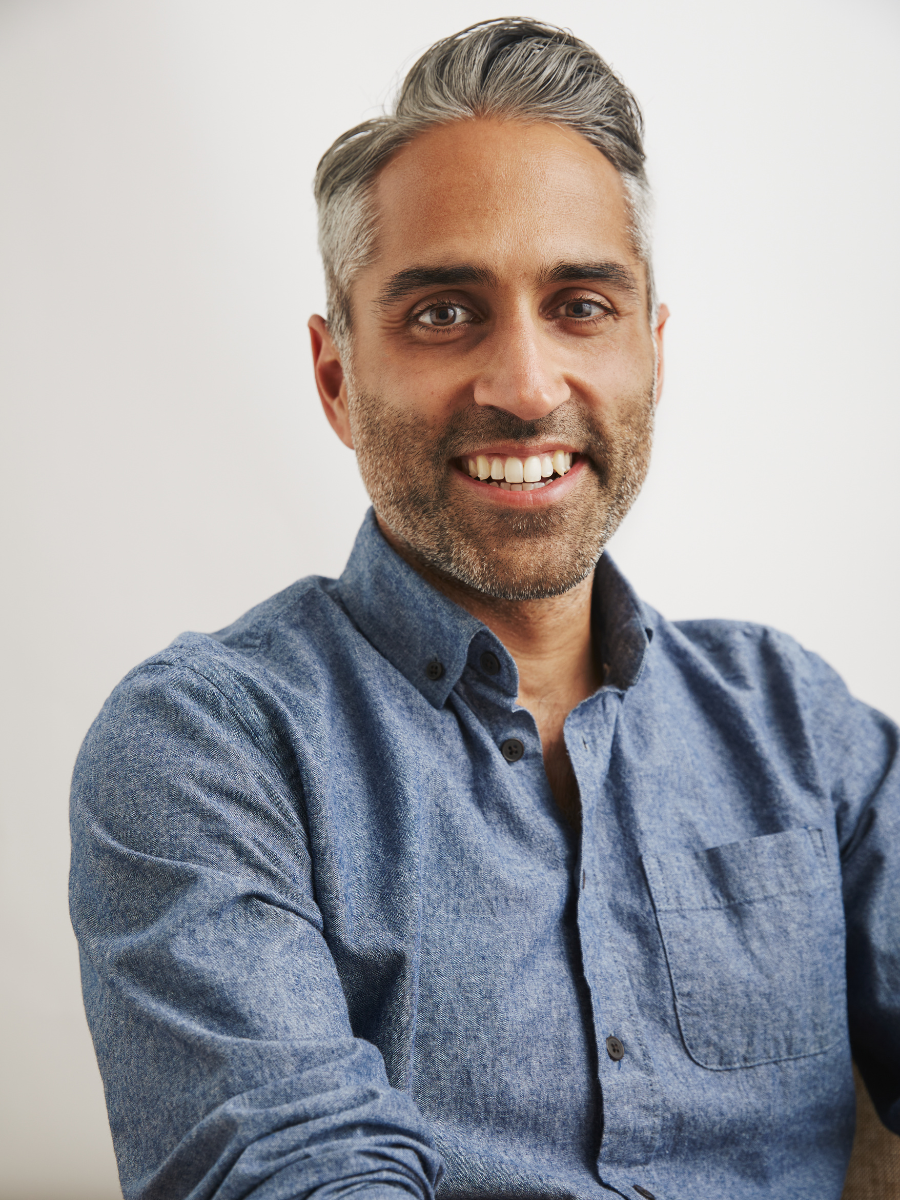
Culture doesn’t exist by accident. As Josh Bersin puts it, “To change the culture, don’t start with the culture. Start with the problem that you are trying to solve, what success looks like, and why it matters to your company.”
Nowhere is this mentality more “present” than at Headspace, where Chief Operating Officer (COO) and Chief People Officer (CPO) Karan Singh fittingly operates under the mantra “less but better.”
Headspace is a comprehensive mental health care platform that offers everything from mindfulness and meditation resources to clinical support, coaching, therapy, psychiatry, and even employee assistance programs.

Three Ways Headspace Defines Its Culture
Highly authentic cultures have a way of pushing through the noise and sounding as unique as they are. Singh remarked, “We define our culture as really who we aspire to be as an organization.” He then offered three critical components of company culture:
- Inclusive – Singh emphasized the importance of being representative of the clientele that Headspace serves.
- Impact-driven – “We ultimately want to deliver real member value,” Singh said.
- Curious – “We start with a beginner's mind, which is a fundamental part of mindfulness practice,” Singh explained.
Headspace Sustains Its Culture by Practicing What They Preach
There’s no one-size-fits-all way to sustain company culture. Often, the best strategies for sustaining culture are those that are unique to a company. At Headspace, I couldn’t help but admire how aligned their initiatives are with their product and mission. “Culture certainly doesn't happen magically,” Singh pointed out. “You need to create it.” Here are three ways Singh and his team create culture at Headspace:
- Guided meditation: Every all-hands meeting starts with a guided meditation by one of Headspace’s teachers. “It is a great opportunity to pause, center, and set an intention going into a meeting,” said Singh.
- Flexible time off: Headspace is committed to ensuring employees have sufficient time off to care for their mental health – the idea is to create boundaries and ensure that there's space to recharge. “Every individual is really different. Teams have different ways of recharging. Everything from catching up on life or personal chores to spending time with family or friends or out in nature. Largely, recharging means being off the laptop and outside in the real world in some way,” Singh explained. This ‘time off’ policy looks different for everyone across the organization, but the important thing is that employees allow themselves to recharge regularly, and that their teams and leaders encourage and respect that time away.
- Peer-to-peer recognition: A peer-to-peer recognition program allows employees to give points to recognize colleagues when they live out Headspace values. “It's part of our gratitude practice, which is so important in mindfulness and meditation,” Singh said. “This program enables people to share what they're grateful for in small and big ways.”
Decoding Culture at Headspace: Engagement and Capacity Go Hand in Hand
Headspace surveys employee engagement on a quarterly basis, which is the cadence that I always recommend. If you have to report your finances quarterly, why aren't you measuring your culture and engagement quarterly? Not to mention, if someone gets disengaged, you might have, depending on how hot the economy is, just six to 12 weeks to reengage that person before they find a new job.
Singh seemed to think in a like-minded way. As a dual COO and CPO, he shared the following unique perspective: “Wearing my operational hat, I think a lot about capacity planning and how much a team can take on. I think those areas are directly related to employee engagement scores. As engagement decreases, so will the load that your team can handle. If you wait every six or 12 months to measure team engagement, you clearly can't plan effectively.”
Headspace Develops Culture by Developing “Superhuman” Leaders
Singh emphasized that in leadership development, he and his team focus on “less but better.” “That's both in how we think about where we make investments and in how we encourage our managers to operate in a sustainable way,” Singh explained. “We know that the stress and burnout among managers is rampant across the economy and certainly can be within a high-growth organization.” Thus, Singh spends a lot of time thinking about how his team can consistently support managers and give them the proper resources.
Here’s a recent example of “less but better” in action: The “Superhuman” Program—In collaboration with a team of neuroscientists and faculty members from the University of California at Berkeley, Headspace created a program centered around this question: “How do you create a workplace that is remote-first and creates space for people to work smarter, not harder.” “We all jumped in during and after the COVID-19 pandemic and just worked as hard as we could. In time, we realized that we didn't have the dial at the right position. This program helps correct that dial by focusing on things like most important tasks (MITs) and calendar cleanses and scheduling blocks of time for deep work,” Singh said. Singh and his team strove to make these concepts explicit and operationalize them. Every employee at Headspace completed the program.


